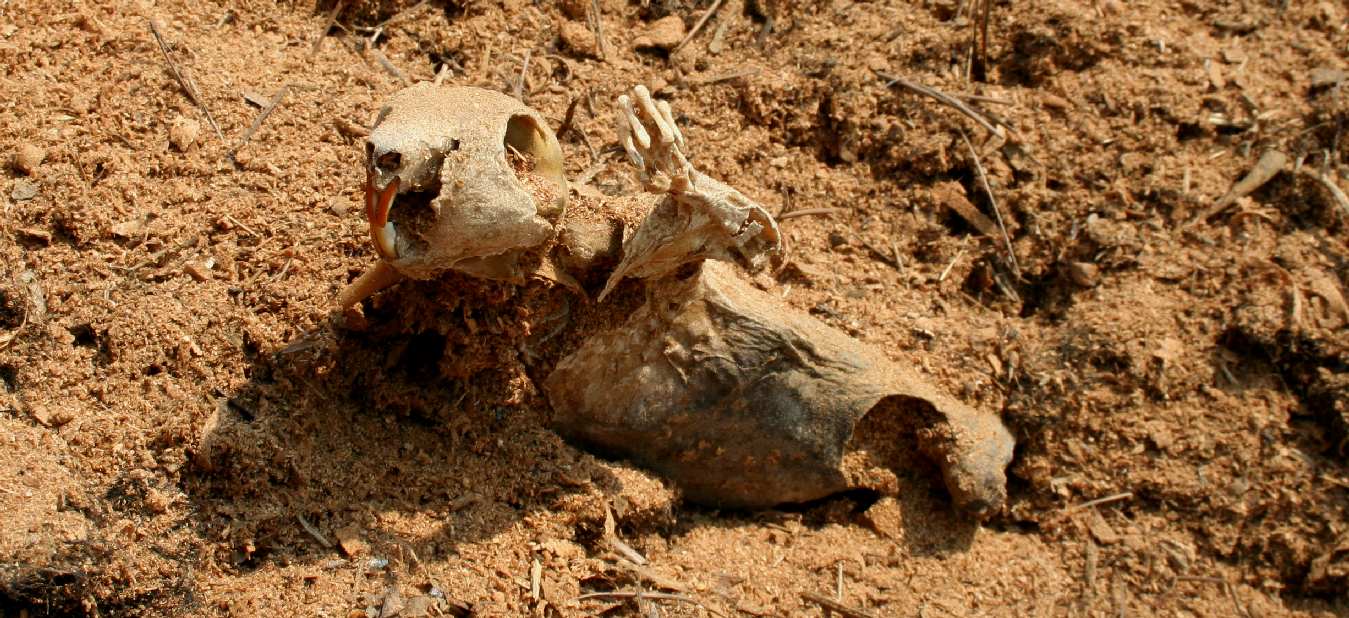|
MUMMIFIED SQUIRRELS WILDLIFE SHOWCASE
|
|
|
MUMMY FIND JUNE 2017 - This is the best specimen of the pair of squirrels that were preserved in the roof sawdust insulation. Workers found the remains while preparing the old roof timbers to take slates. Sawdust was used as an insulator for keeping the buildings cooler in the summer and warmer in the winter. Copyright photograph July 3 2017 all rights reserved Lime Park Heritage Trust.
MUMMIFIED - The squirrel seen above was not as well preserved as the other, and before we could get the pair safely stored, a fox or other animal took this one. The other (at the head of this page) will be preserved and on display in a glass case, as being the longest resident (albeit deceased) in the property to date, almost one of the family. Why any animal would want to eat a mummified squirrel is anybody's guess. Is there any food value is a mummy? We replaced the sawdust with regular loft insulation. Copyright © photograph 23 June 2017. You will need the permission of Lime Park Heritage Trust to use this picture. All rights reserved.
ABOUT SQUIRRELS
Squirrels are generally small animals, ranging in size from the African pygmy squirrel at 7–10 cm (2.8–3.9 in) in length and just 10 g (0.35 oz) in weight, to the Laotian giant flying squirrel at 1.08 m (3 ft 7 in) in length and the Alpine marmot, which weighs from 5 to 8 kg (11 to 18 lb). Squirrels typically have slender bodies with bushy tails and large eyes. In general, their fur is soft and silky, although much thicker in some species than others. The color of squirrels is highly variable between—and often even within—species.
SKULL - This is the skull of a giant squirrel. Like other rodents, squirrels have four front teeth that grow fast enough so that they don't wear down from the constant gnawing to survive. Tree squirrels are the types most commonly recognized, often seen gracefully scampering and leaping from branch to branch. Other species are ground squirrels that live in burrow or tunnel systems, where some hibernate during the winter season.
As their large eyes indicate, in general squirrels have an excellent sense of vision, which is especially important for tree-dwelling species. They also have very versatile and sturdy claws for grasping and climbing. Many also have a good sense of touch, with vibrissae on their heads and limbs.
JUNE
2017 - Ground squirrels eat nuts, leaves, roots, seeds, and other plants. They also catch and eat small animals, such as insects and caterpillars. These small mammals must always be wary of predators because they are tasty morsels with few natural defenses, save flight. Sometimes groups of ground squirrels work together to warn each other of approaching danger with a whistling call.
Many juvenile squirrels die in the first year of life. Adult squirrels can have a lifespan of 5 to 10 years in the wild. Some can survive 10 to 20 years in captivity.
LINKS & REFERENCE
National Geographic animals mammals quirrels http://www.bbc.co.uk/nature/life/Sciuridae http://www.nationalgeographic.com/animals/mammals/group/squirrels/
MAKING HAY - The heartwarming sight of a British farmer mowing tall grass in the field adjacent to Herstmonceux Museum - a sight that our squirrels may not have seen since diesel powered tractors were not around when they were alive. This grass was sun dried and baled in the space of a few hot days in the summer of 2017. Copyright © photograph June 2017. You will need the permission of Lime Park Heritage Trust to use this picture. All rights reserved.
|
|
|
This website is Copyright © 2023. All rights reserved. All other trademarks are hereby acknowledged. Contact Us www.cherrymortgages.com
|


